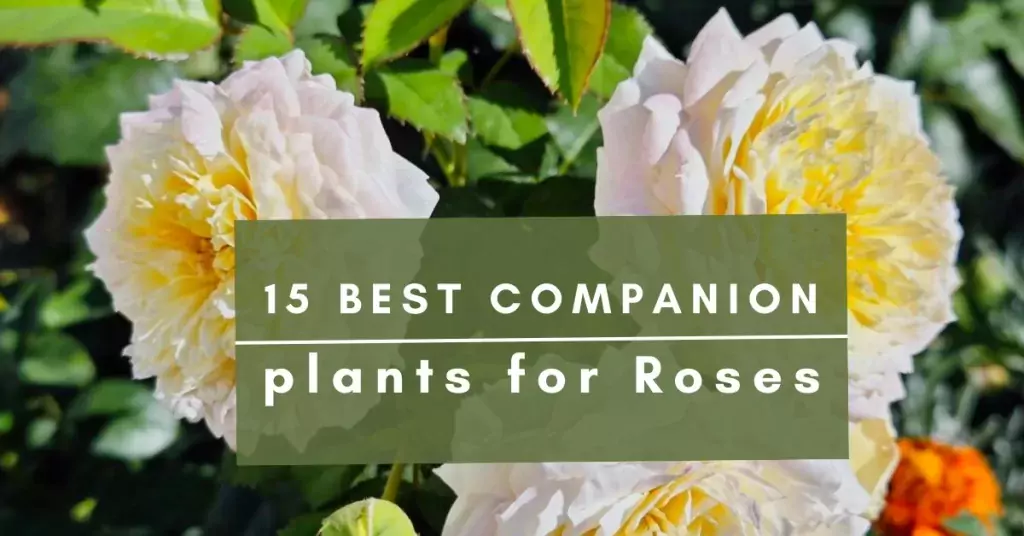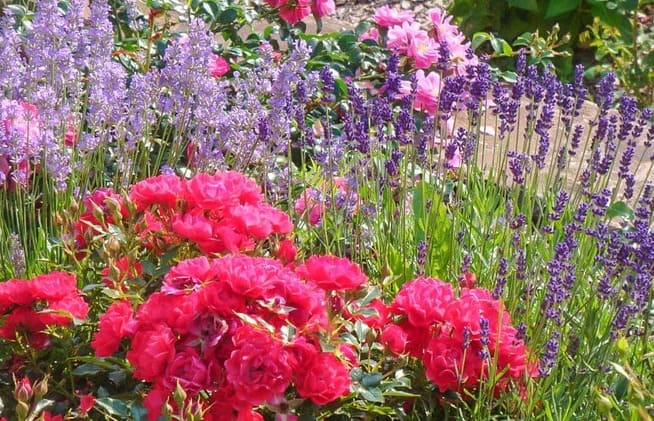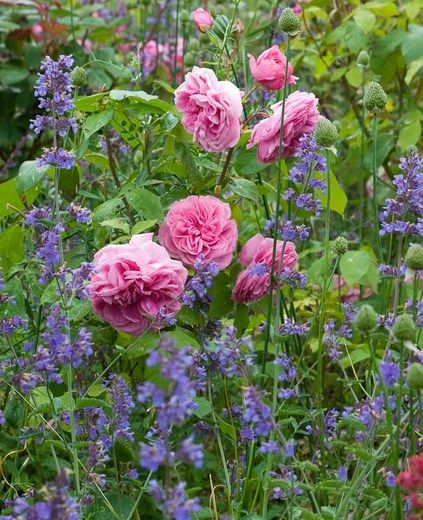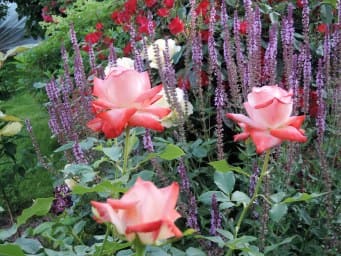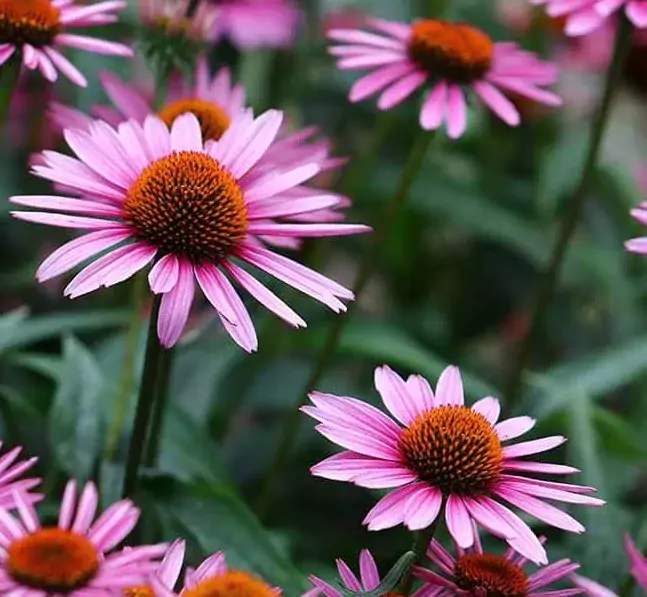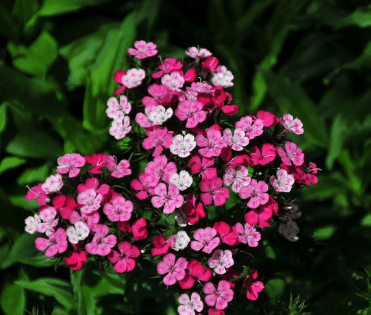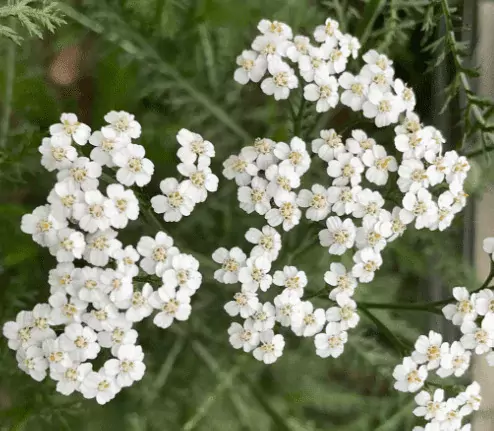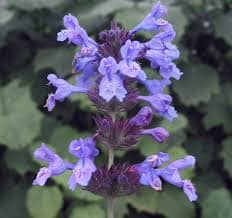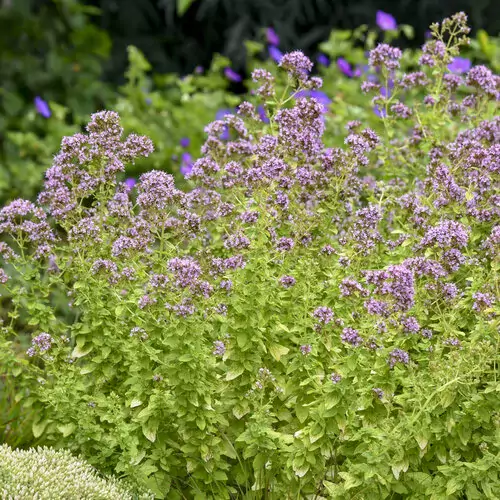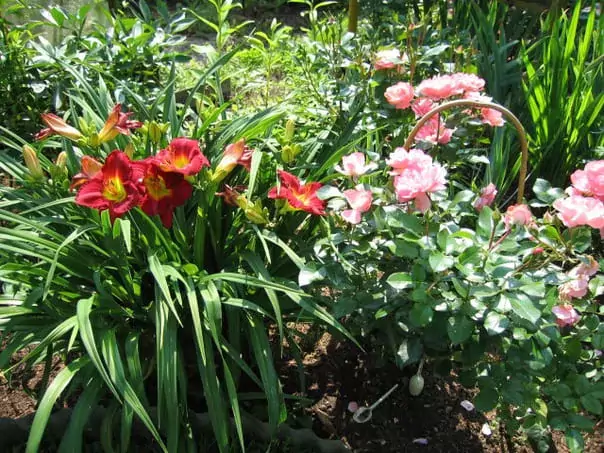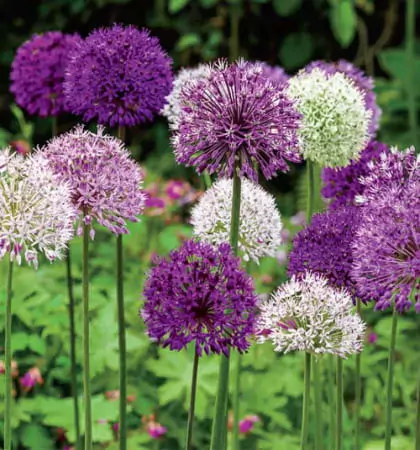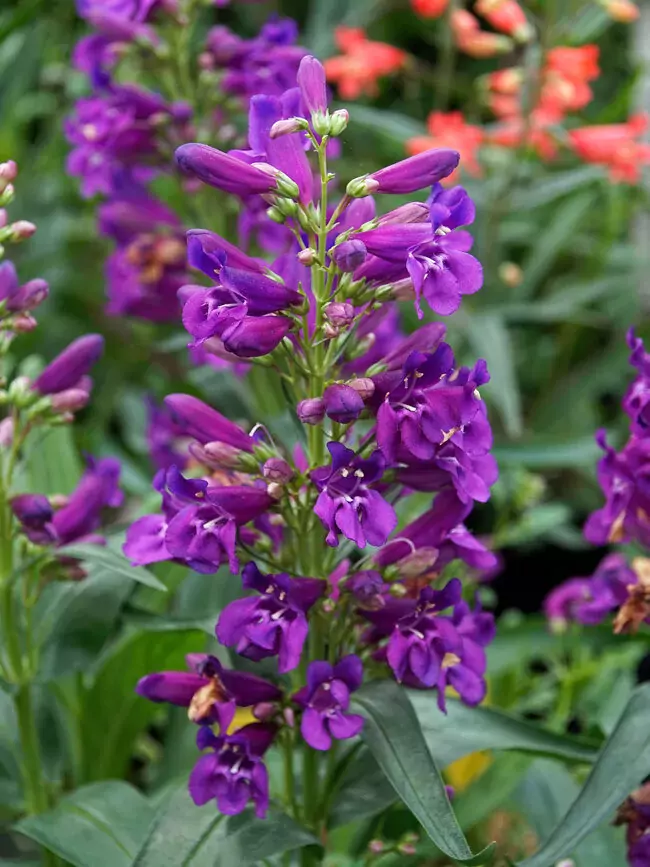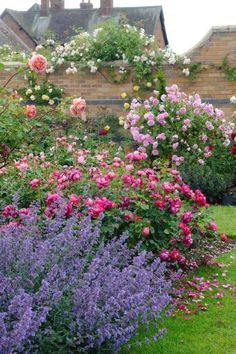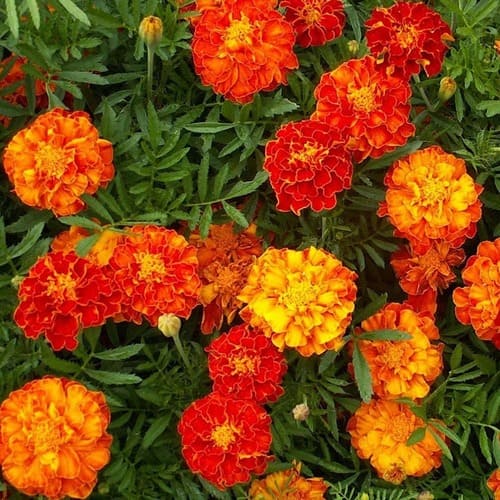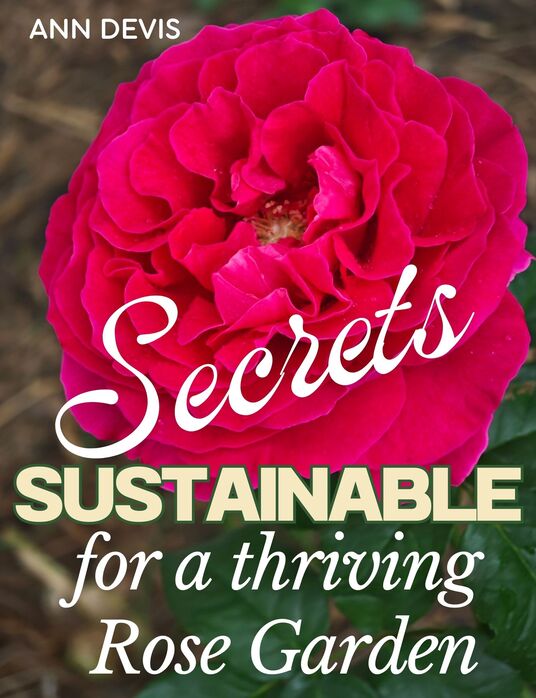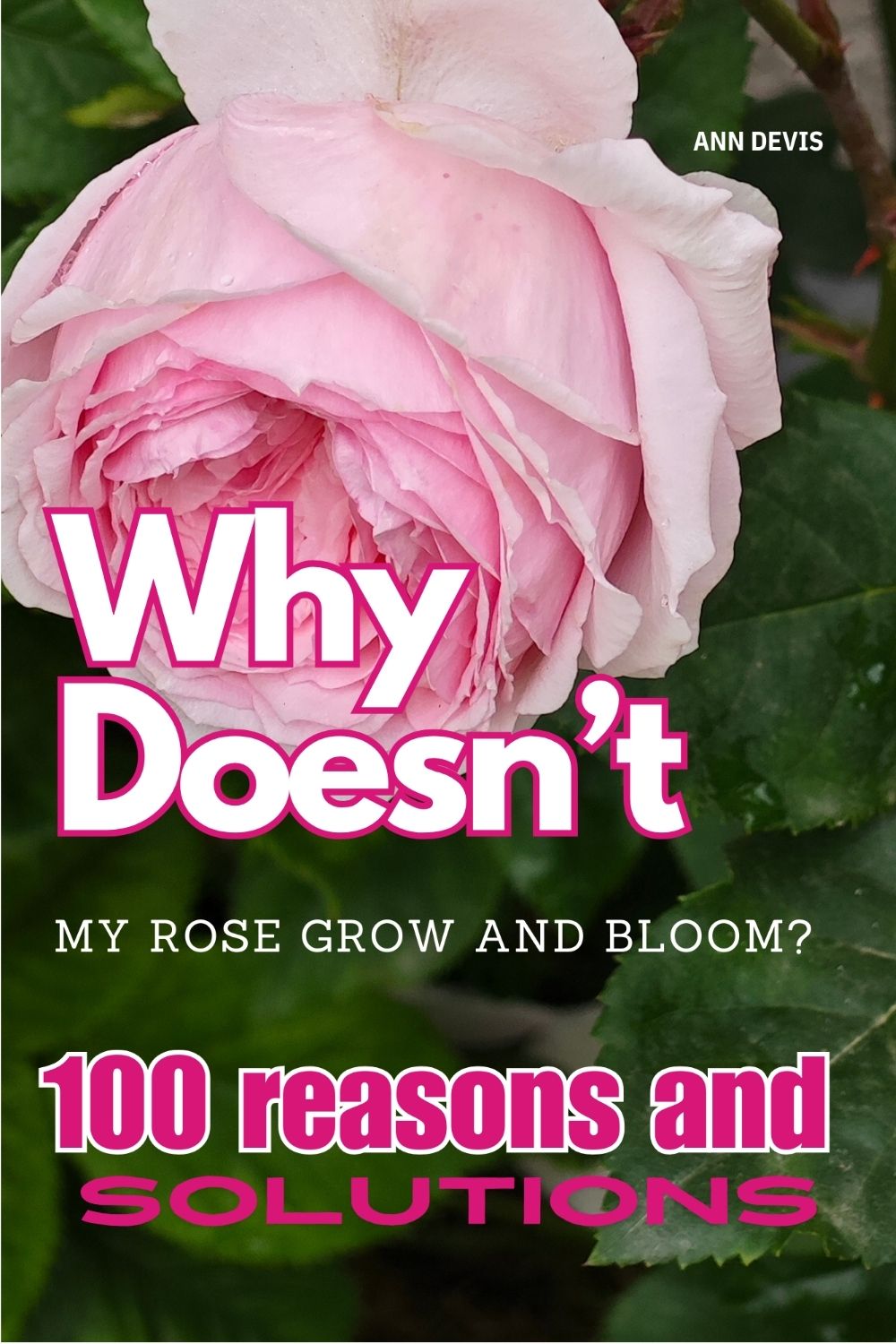Roses are cherished for their beauty, fragrance, and elegance, making them a beloved addition to any garden. To optimize their growth and overall health, strategically selecting companion plants can be highly beneficial. Companion plants for roses involve cultivating species that complement each other, creating a harmonious environment that fosters growth, deters pests, and enhances aesthetics.
This article will explore 15 ideal companion plants for roses, what not to plant around them, and the best support systems for these stunning flowers.
What are companion plants for roses?
Companion plants are species that thrive when planted in close proximity to roses.
They offer several advantages, including repelling harmful insects, enriching soil nutrients, and providing shade or support to the roses.
When carefully chosen, companion plants can create a balanced ecosystem that encourages the overall health and well-being of the roses.
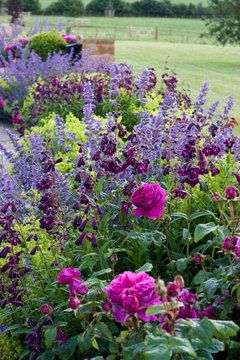
What Should You Not Plant Around Roses?
While companion plants benefit roses, some species may have adverse effects. Avoid planting invasive species that can compete for resources and hinder rose growth. Additionally, steer clear of plants prone to pests and diseases, as they may attract harmful insects or transmit illnesses to the roses.
- Black Walnut Trees
- Mint (and other aggressive mint family plants)
- Ivy (and other aggressive climbers)
- Bindweed
- Plants susceptible to the same pests and diseases as roses
- Plants with spines or thorns
- Highly fragrant plants that may overpower the scent of roses
- Tall or dense plants that may block sunlight and airflow
- Plants treated with chemical pesticides or herbicides
- Water-loving plants that may lead to excessively damp conditions
Avoiding these plants as companions for roses can help maintain the health and beauty of the rose garden.
The Best companion plants with Roses
Lavender (Lavandula):
Lavender’s delightful fragrance complements roses perfectly, and its vibrant purple blooms create a stunning contrast. The scent of lavender also acts as a natural insect repellent, keeping pests away from the roses.
Catmint (Nepeta):
Catmint’s delicate blue flowers offer an appealing visual contrast to roses and attract beneficial pollinators like bees, aiding pollination.
Salvia (Salvia spp.):
The tall spikes of salvia, which come in various colors, add vertical interest to a rose garden and provide a striking backdrop for roses.
Echinacea (Echinacea purpurea)
Known for their immune-boosting properties, coneflowers attract pollinators and provide a beautiful contrast to roses.
Dianthus
Also called “pinks,” dianthus offers delicate, fringed flowers and a spicy fragrance that complements the sweet scent of roses.
Yarrow (Achillea spp.)
Yarrow’s feathery foliage and flat-topped flowers attract beneficial insects and make an excellent border or filler plant.
Nepeta
Commonly known as catnip, nepeta is a low-maintenance, pollinator-friendly plant that adds texture and color to rose beds.
Coreopsis
Coreopsis’ bright and cheerful flowers create a lively contrast to roses while attracting butterflies and bees.
Daylilies (Hemerocallis spp.)
Daylilies bloom in a wide range of colors, providing continuous flowers alongside roses and adding a touch of elegance.
Alliums (Allium spp.)
These ornamental onions add vertical interest and repel pests like aphids, making them a smart choice for a rose garden.
Geraniums (Geranium spp.)
Geraniums are versatile companions. They add pops of color and help deter pests like aphids, Japanese beetles, and rose chafers.
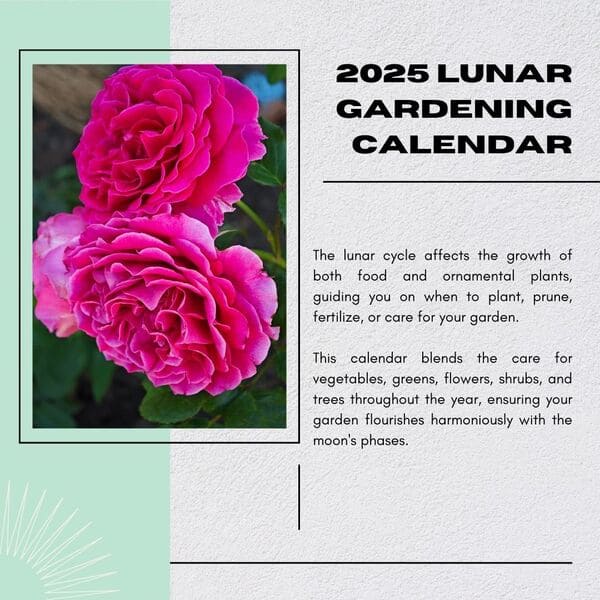
Get Your Free Lunar Gardener's Calendar 2025!
Join the Lunar Gardening Revolution! Subscribe now to receive our exclusive Free Lunar Gardener’s Calendar for 2025. Harness the power of the moon to optimize your planting, nurturing, and harvesting.
Tall, slender penstemon flowers add vertical interest while showcasing the beauty of roses.
Russian Sage (Perovskia atriplicifolia)
The silver-gray foliage and lavender-blue flowers of Russian sage add a beautiful texture to the rose garden.
Marigolds (Tagetes spp.)
Marigolds help deter aphids and other pests, making them valuable companion plants for protecting roses.
Can You Plant Roses Next to Each Other?
Yes, you can plant roses next to each other, which is common in rose gardens. However, consider providing adequate space between each plant to allow sufficient air circulation and prevent overcrowding. Proper spacing minimizes the risk of diseases and ensures each rose receives enough sunlight and nutrients for optimal growth.
Cultivating Captivating Roses: Companion Planting for Health & Beauty
Incorporating companion plants strategically enhances the beauty and health of your rose garden. Lavender, catmint, salvia, geraniums, alliums, dianthus, and yarrow are wonderful companion plants to consider. Remember to avoid invasive species and those prone to diseases when planning your rose garden. Additionally, proper support for climbing roses and enough space between plants will promote healthy growth and abundant blooms. Choosing the appropriate companions can create a flourishing and captivating rose garden that delights the senses and attracts beneficial pollinators. Happy gardening!

